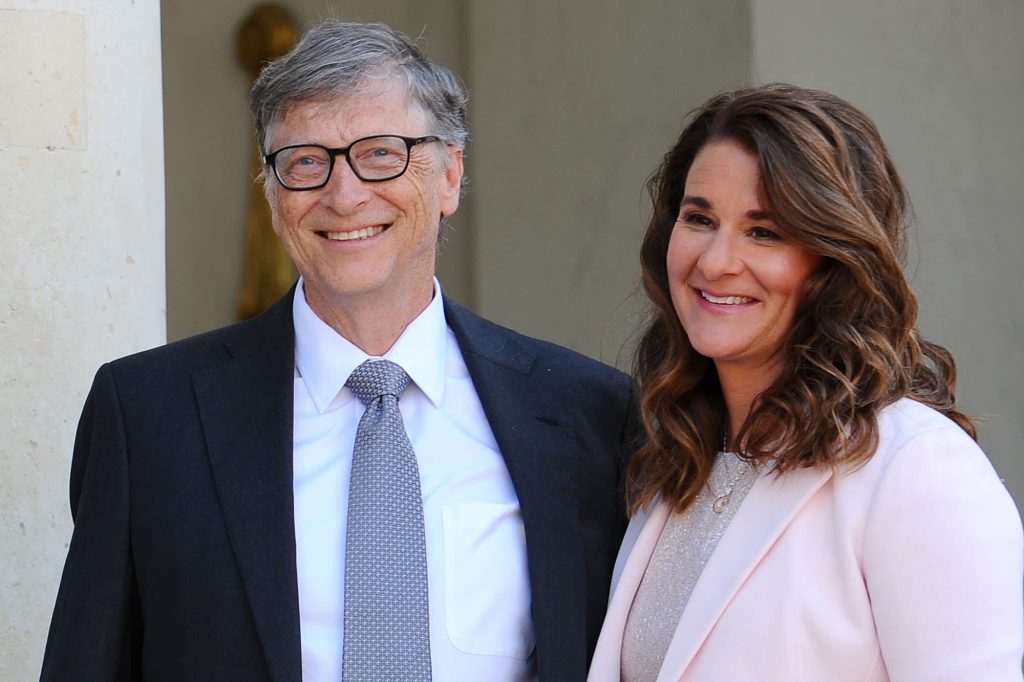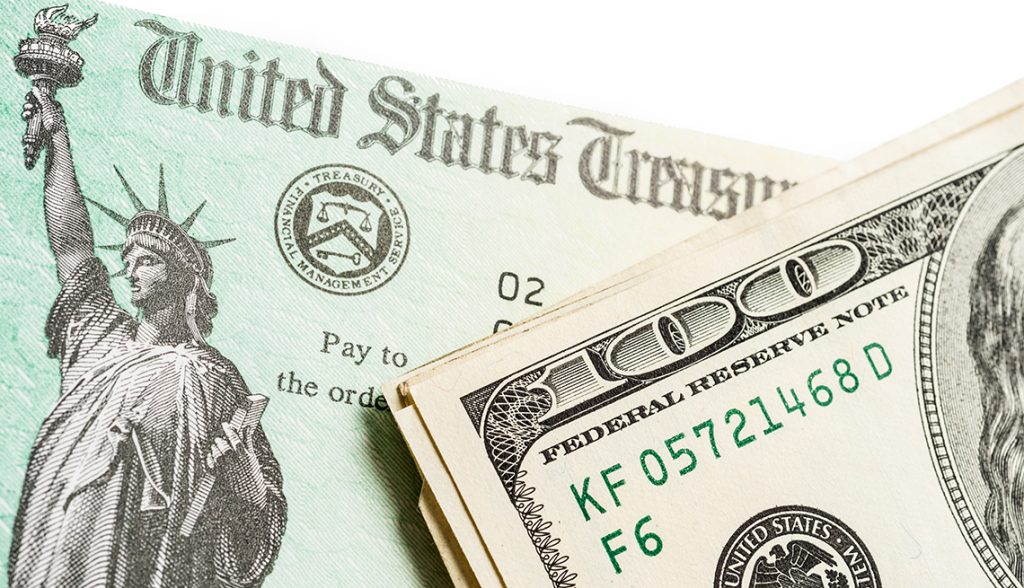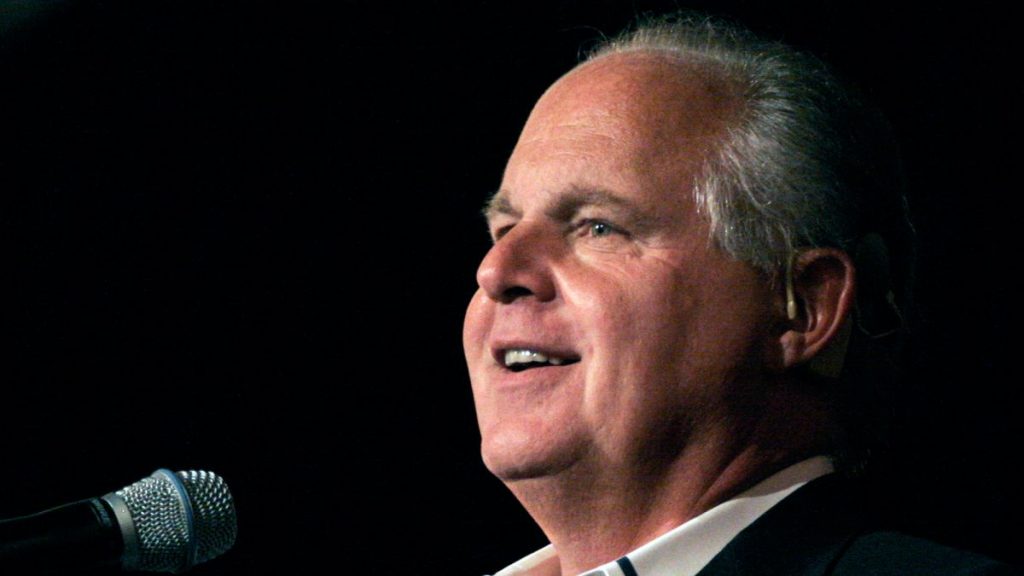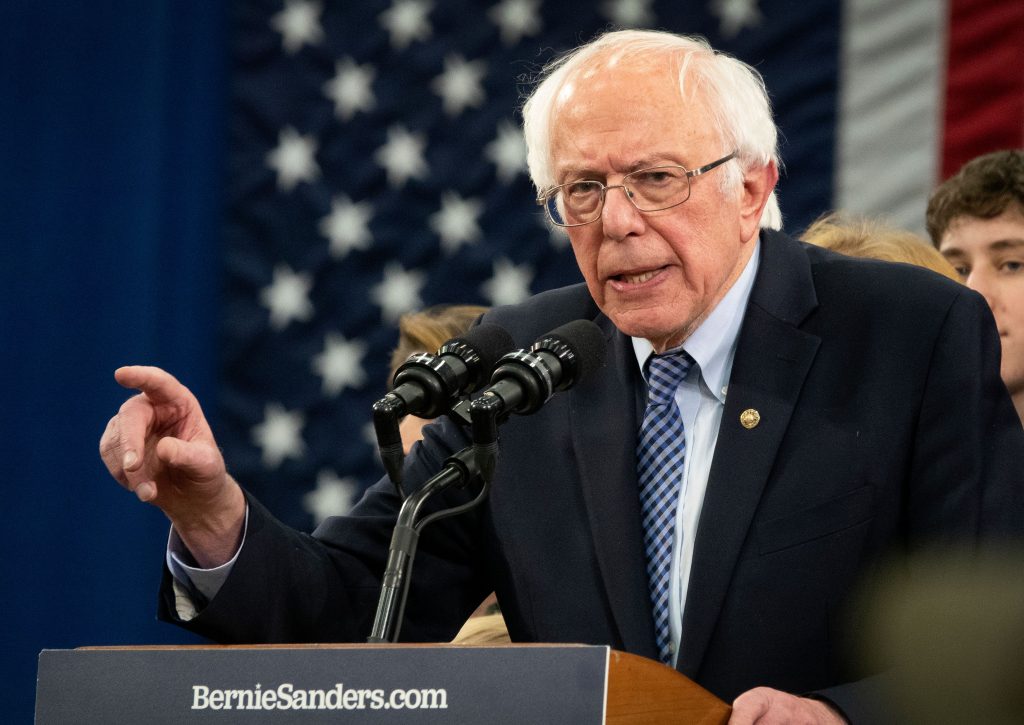The Senate approved a bill that promises a $1,200 payout to millions of Americans. Hospitals in New York and New Orleans struggle to cope. London is seeing a surge in patients, and deaths in Spain passed 4,000.
More than 3.2 million people filed unemployment claims in the U.S. last week, a record amount.
The Senate unanimously passed a $2 trillion stimulus plan.
The Senate voted unanimously on Wednesday to approve a sweeping $2 trillion fiscal measure to shore up the U.S. economy as it weathers the devastation of the coronavirus pandemic, advancing the largest fiscal stimulus package in modern American history.
The House was expected to quickly take up the bill on Friday and pass it, sending it to President Trump for his signature.
The legislation would send direct payments of $1,200 to Americans earning up to $75,000 — which would gradually phase out for higher earners and end for those with incomes more than $99,000 — and an additional $500 per child. It would substantially expand jobless aid, providing an additional 13 weeks and a four-month enhancement of benefits, extending them for the first time to freelancers and gig workers, and adding $600 per week on top of the usual payment.
The measure would also provide $350 billion in federally guaranteed loans to small businesses and establish a $500 billion government lending program for distressed companies reeling from the crisis, allowing the administration to take equity stakes in airlines that received aid to help compensate taxpayers. It would also send $100 billion to hospitals on the front lines of the pandemic.
The bill was the product of intense bipartisan negotiations among Republicans, Democrats and the White House. Three senators were absent from the late-night roll call because of the virus. Senator Rand Paul, Republican of Kentucky, has contracted Covid-19, the disease caused by the virus, while two Utah Republicans, Senators Mitt Romney and Mike Lee, were in self-isolation after spending time with Mr. Paul.
Senator John Thune of South Dakota, the second-ranking Republican, also missed the vote because he wasn’t feeling well and had left Washington to return home, a spokesman said.
More than 3 million file U.S. unemployment claims, the most ever in a week.
More than three million people filed for unemployment benefits in the United States last week, sending a collective shudder throughout the economy that is unlike anything Americans have experienced.
In the half-century that the government has tracked applications, the worst week ever was 695,000 “initial” claims. That was in October 1982.
The latest numbers, released by the Labor Department on Thursday, are some of the first hard data on the economic toll of the coronavirus pandemic, which has shut down whole swaths of American life faster than government statistics can keep track.
Just three weeks ago, barely 200,000 people applied for jobless benefits, a historically low number.
As staggering as the new figures are, they almost certainly understate the problem. Some part-time and low-wage workers don’t qualify for unemployment benefits. Nor do gig workers, independent contractors and the self-employed, although the emergency aid package being considered by Congress would broaden eligibility. Others who do qualify may not know it.
And the sudden rush of layoffs has led to jammed phone lines and overwhelmed computer servers at unemployment offices across the country, leaving many people unable to file claims.
At one New York City hospital, an ‘apocalyptic’ surge.
At Elmhurst Hospital Center in Queens, Dr. Ashley Bray performed chest compressions Tuesday on a woman in her 80s, a man in his 60s and a 38-year-old who reminded the doctor of her fiancé. All had tested positive for the coronavirus. All eventually died.
Elmhurst, a 545-bed public hospital, has begun transferring patients not suffering from coronavirus to other facilities as it moves toward becoming a facility dedicated entirely to the outbreak. Doctors and nurses have struggled to make do with a few dozen ventilators.
Calls over a loudspeaker of “Team 700,” the code for when a patient is on the verge of death, come several times a shift. Some have died inside the emergency room while waiting for a bed.
A refrigerated truck has been stationed outside to hold the bodies of the dead. Over the past 24 hours, New York City’s public hospital system said in a statement, 13 people at Elmhurst had died.
“It’s apocalyptic,” said Dr. Bray, a general medicine resident at the hospital.
All of the more than 1,800 intensive care units in New York City are expected to be full by Friday, according to a FEMA leadership briefing obtained by The New York Times. Patients could stay for weeks, limiting space for newly sickened residents.
The virus is spreading swiftly in New Orleans even as states try to isolate themselves.
As cases in New York soar and outbreaks in other U.S. locations edge higher, the coronavirus crisis has sowed divisions among states competing for vital resources and communities looking to protect their residents.
People fleeing New York City have been greeted with suspicion by residents of the beach communities and villages where many have sought refuge. Florida now requires a 14-day quarantine of anyone who has arrived from the New York region over the past three weeks.
In Alaska, even more stringent measures were introduced, requiring everyone arriving in the state — whether residents or visitors — to self-quarantine for 14 days.
But the virus has already taken root far from New York City.
Louisiana is experiencing the fastest growth in new cases in the world, according to one study. Gov. John Bel Edwards said that the current trajectory of case growth in Louisiana was similar to those in Spain and Italy. This week, President Trump approved the governor’s request for a major disaster declaration, which unlocks additional federal funding to combat the outbreak.
The situation in and around New Orleans is particularly acute, with the city reporting 827 confirmed cases as of Wednesday night, more than the total number of cases in all except 15 states. Hospitals are overwhelmed, and critical safety gear is running low.
Orleans Parish, which shares its borders with the city of New Orleans, has suffered the highest number of deaths per capita of any county in the nation. Of the parish’s 37 deaths — nearly three times the death toll in Los Angeles County — 11 are from a single retirement home, where dozens more residents are infected.
Spain sends substandard testing kits back to China.
Spain’s health ministry, which is struggling to deal with a surge in coronavirus patients, said it was sending back to China about 9,000 test kits because they did not meet the required criteria.
China’s Embassy in Madrid said on Twitter that Spain had acquired the substandard test kits from a company that had not received an official license to sell such products. The embassy said that the bulk of the medical equipment ordered by Spain had not yet left China.
As of Thursday, the coronavirus had killed more than 4,000 people in Spain, a tally second only to Italy.
Problems with test kits from China have also been raised in Germany.
“I get every hundreds of emails every day with people saying, ‘Buy a million quick tests from China,’” Jens Spahn, Germany’s health minister, told reporters on Wednesday.
“Our institutes are testing these and looking at them, and they are not sensitive and specific enough,” Mr. Spahn said. “It does not help us if we have quick tests that deliver large numbers of false positive or false negatives. As soon as we have a quick test that is good, we will start using it.”
The problem with the test kits in Spain came to light a day after the country’s health minister, Salvador Illa, announced a huge order from China for face masks, respirators and other emergency gear worth $375 million.
Some Spanish hospitals have been strained to the limit by the pandemic, and doctors and nurses have been left without sufficient face masks and other protective gear. Employees in funeral parlors and nursing homes have also highlighted their unsafe working conditions, which have had tragic consequences.
Mr. Illa told lawmakers on Thursday, however that Spain was reaching the peak of its epidemic and entering “a stabilization phase.”
London hospitals are besieged by a ‘tsunami’ of patients.
A “continuous tsunami” of coronavirus patients arriving at London hospitals is likely to overwhelm the city’s health care system in the coming days, says Chris Hopson, the chief executive of National Health Service Providers, which represents hospital bosses.
“They are struggling with two things: The first is the explosion of demand they are seeing in seriously ill patients,” he said. “They talk about wave after wave after wave — the word that’s often used to me is a continuous tsunami.”
The second is the high rate of illness among health care providers. While critical care capacity at hospitals across Britain has been significantly expanded, a constant influx of patients, limited ventilators and staff sickness rates of up to 50 percent in some hospitals have made the situation dire, he told BBC’s Radio 4.
A makeshift hospital for coronavirus patients is being readied at a large conference center in eastern London, the National Health Service said this week. There will be up to 500 beds with oxygen and ventilators, and it is expected to be operational next week.
The number coronavirus cases in Britain has continued to rise, reaching 9,529 cases on Wednesday, with most cases in the London area. At least 463 have died, including a 21-year-old woman whose family said she had no previous health issues.
At least half a million people in Britain have signed up to help the N.H.S., after calls for a “volunteer army” to reduce the pressure on the system
What the U.S. stimulus means for you.
The $2 trillion stimulus package passed by the Senate is not final — it still needs approval from the House and President Trump’s signature. But if it passes, here’s what it will offer Americans.
How much money will I get?
Those earning up to $75,000 will receive $1,200, plus an additional $500 per child. The amount received will gradually phase out for people making more than $75,000, with support ending at $99,000. Joint filers making less than $150,000 will receive $2,400.
When will I get the money?
Treasury Secretary Steven Mnuchin said on Wednesday that the money would arrive for most Americans within three weeks.
How will it help the unemployed?
The legislation adds 13 weeks of unemployment payments to the usual duration, which in most states is 26 weeks, and adds an extra weekly $600 on top of the usual payments for four months. It also extends benefits for the first time to freelancers and gig workers.
Will it save my job?
That’s unclear, but it will provide $350 billion in federally guaranteed loans to small businesses and establish a $500 billion government lending program for distressed companies.
How to manage anxiety and its side effects.
Coronavirus-related anxiety is real and probably impacting many aspects of your life, from your eating habits to the way your children are acting. There is also a grief that comes along with the loss of our daily routines and rituals. Here are some tips to help you get through these tough times.
In nations around the world, the virus threatens the fabric of society.
Even as Congress races to approve the largest relief package in U.S. history and the world’s wealthiest nations pledge hundreds of billions more in stimulus measures, the virus has exposed the fragility of one element of modern society after another.
Health experts warn that time is running out for hospitals around the world if they are to avoid the grim scenes that unfolded first in China, then in Italy and now in Spain.
In hard-hit New York City, which on Wednesday reported 20,011 confirmed cases and 280 deaths, emergency rooms are being besieged by the sick and fearful, and all 1,800 intensive care beds were expected to be occupied by Friday. At Elmhurst Hospital Center in Queens, 13 people have died in the past 24 hours amid scenes described as “apocalyptic.”
In Spain, which prides itself on having a robust health care system, the death toll of more than 4,000 has now surpassed China’s official toll — and the virus’s spread has yet to peak. Amid the thousands of tragedies, the scenes in some Spanish nursing homes — where dozens have been found dead, some abandoned in their beds — have shaken the nation’s image of itself.
With billions of people around the planet in some form of lockdown, the trillions of dollars being pledged by governments to blunt the effects of the shock to the economy may not be enough. For many among the millions who have already lost their jobs — and the tens of millions more likely to be out of work in the weeks ahead — the assistance will only delay financial crises as bills come due in coming weeks and months.
While some progress has been made in containing the outbreak, surges continued to be reported in new places, like Tokyo, and other spots where the virus had been contained, like Hong Kong, where returning residents are bringing it with them, officials said. Afghanistan is bracing for the worst as tens of thousands of Afghans flee neighboring Iran.
In response, many countries are closing their borders, raising tensions as they look to protect themselves. India and Pakistan have put in place domestic travel bans. People escaping from crowded cities have been shunned by their rural neighbors. And governors in America, already competing for medical resources like ventilators, are placing restrictions on visitors — particularly those from New York City.
Still, there were hopeful signs, showing that social distancing, the only proven strategy for slowing the spread, was getting results. In Italy, which has the highest confirmed fatalities in the world, the rate of infection slowed for a fourth consecutive day on Wednesday.
Gov. Andrew Cuomo of New York said there was early evidence that the restrictions on movement were reducing the rate of infection there. “The theory is given the density that we’re dealing with, it spreads very quickly,” he said. “But if you reduce the density you can reduce the spread very quickly.”
Sickened celebrities put faces to an invisible scourge.
The revelation on Wednesday that Prince Charles, the 71-year-old heir to the British throne, had contracted the coronavirus was the latest example of a well-known figure humanizing the spread of the virus.
For those who don’t yet personally know anyone who has been confirmed ill, the steady flow of well-known names has put a face to the crisis. Those who have tested positive include:
Entertainers: Tom Hanks, Rita Wilson, Idris Elba, Daniel Dae Kim, Andy Cohen.
Athletes: Kevin Durant, Rudy Gobert, Donovan Mitchell, Sean Payton.
Public figures: Senator Rand Paul, John Bessler (the husband of Senator Amy Klobuchar), Sophie Grégoire Trudeau (the wife of Prime Minister Justin Trudeau of Canada), Prince Albert II of Monaco.
The Times is maintaining a running list of high-profile people who have the virus and have shared information about their experiences. Last week, we examined whether the rich and famous have had better access to limited testing.
In a divided country, masks become a symbol of solidarity.
A year ago, hundreds of thousands of people filled the streets of Prague in the largest demonstrations against the government since the Velvet Revolution in 1989. The Czech Republic was a country divided, with the Prime Minister Andrej Babis at the center of the storm.
But as the country entered its second week locked down because of the coronavirus, a nationally televised addresses from Mr. Babis urging calm and resolve have been applauded by supporters and critics alike.
And in addition to the near universal applause, there was something else unusual: Mr. Babis has worn a mask during his appearances — a reflection of how the surgical mask has become a symbol of resistance and solidarity.
As the Czech government struggled to provide enough masks for all in the country, it has been aided by fashion designers, actors and tens of thousands of citizens who put have their sewing machines to work.
“Our business was locked down and as we did not want to just sit around, we started making masks,” said Jana Rabova, a tailor from a small village in Central Bohemia. “My boyfriend created a hanger for the them,” she said. “We called it a mask tree.”
The photo went viral and has been widely emulated.
School vending machine in the town of Vyskov, in Moravia, that previously provided snacks for thousands of students have also been repurposed to sell mask, with the small fee donated to charities. One vending machine can carry about 1,500 pieces.
“It sold out within an hour,” says Petr Caslava, the man behind the initiative.
The Czech Republic, like just about every other country in Europe, ordered all residents to stay home except for necessary outings to go to a doctor, work or grocery shopping. All other shops, restaurants and schools are closed.
The country hopes to shift to what the government calls an “intelligent quarantine,” using data from mobile phones and payment cards that would allow the health authorities to map the whereabouts of an infected person over the past five days and track down all of the person’s contacts.
The measure has raised concerns among privacy advocates and fears that it could be abused, but many seemed willing to put those worries aside for the moment.
Millions can now leave Hubei in China, but getting home could be tough.
Finally free after a two-month lockdown, millions of people in Hubei Province, where the pandemic began, are starting to return to their homes and workplaces across China. But some are finding that the restrictions in Hubei were just the first of the obstacles.
Train tickets are hard to find. So are cars, for getting to a train station. Those who manage to arrange transportation are sometimes barred from entering neighborhoods in their destinations.
And many of those who get where they want to go must then navigate more rules. Some cities, including Beijing, require arrivals to quarantine at home or at designated observation spots for 14 days — and pay for it themselves.
Luo Wenxi, 29, who has been stuck in the city of Jingmen in Hubei, said she had called her community in Beijing on Wednesday, the day the Hubei authorities lifted the lockdown. Workers there said they had not been told they were allowed to receive people from Hubei and asked her to wait, even though Beijing’s municipal government had issued instructions for receiving people from the province.
“I can’t go back right now, and even if I could go, the quarantine fee is too high,” said Ms. Luo, whose company had cut her pay in recent weeks. “The fee is probably higher than my one month’s pay.”
Arrivals in the cities of Shanghai and Guangzhou have been smoother, according to social media reports, and not all returnees there must be quarantined.
Wuhan, Hubei’s capital, the Chinese city hardest hit by the outbreak, will stay under lockdown until April 8, according to officials there. Nearly 200,000 people in Wuhan are waiting to return to Beijing, Bao Liqun, a railway official, told state television.
Used clothes are big business in Africa, but Kenya halts sales to fight the virus.
At a typical bustling market in Nairobi, sellers offer secondhand jeans and sneakers from California, Cleveland Cavaliers jerseys from Ohio, and sweatpants and raincoats from Britain. The used clothing provides tens of thousands of jobs in Kenya and millions of dollars in government revenue.
But on Wednesday, Kenya’s government banned the import of secondhand clothes to safeguard the health of its citizens amid the coronavirus pandemic, one of several far-reaching measures the East African nation is taking. With 28 confirmed cases, Kenya has shuttered schools, banned religious gatherings, suspended international flights and introduced an overnight curfew that goes into effect on Friday.
The trade ministry said the new directive was also meant to support the local textile industry at a time when key sectors like transportation, tourism and agriculture face mounting challenges.
Used clothing is big business across Africa, with traders in sprawling markets from Kampala, Uganda, to Lagos, Nigeria, catering to low-income workers. But African nations have been looking to wean their markets off the hand-me-downs along with cheap imports from Asia.














